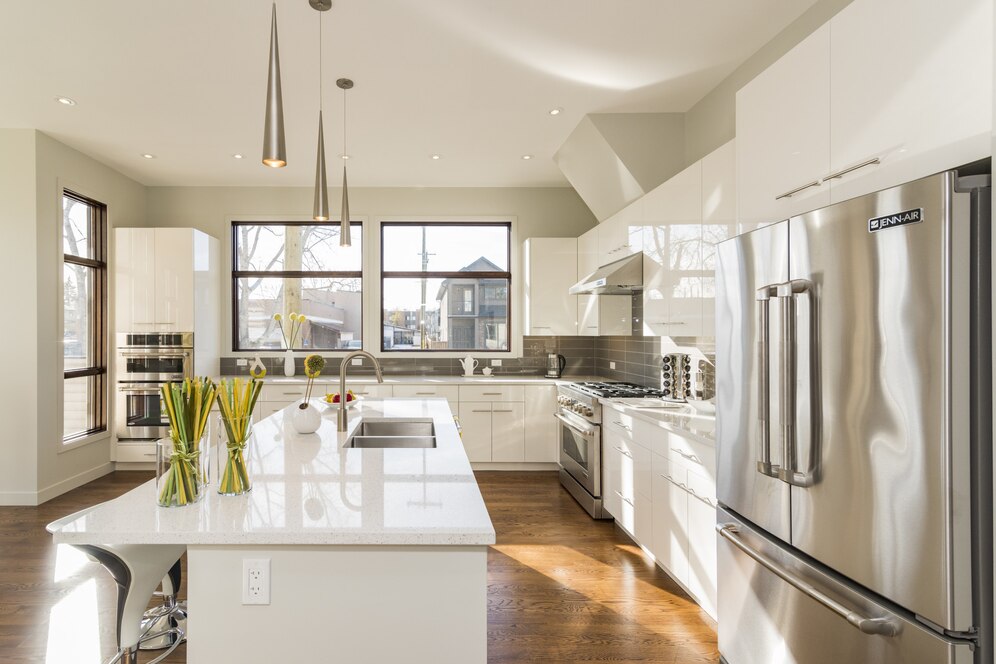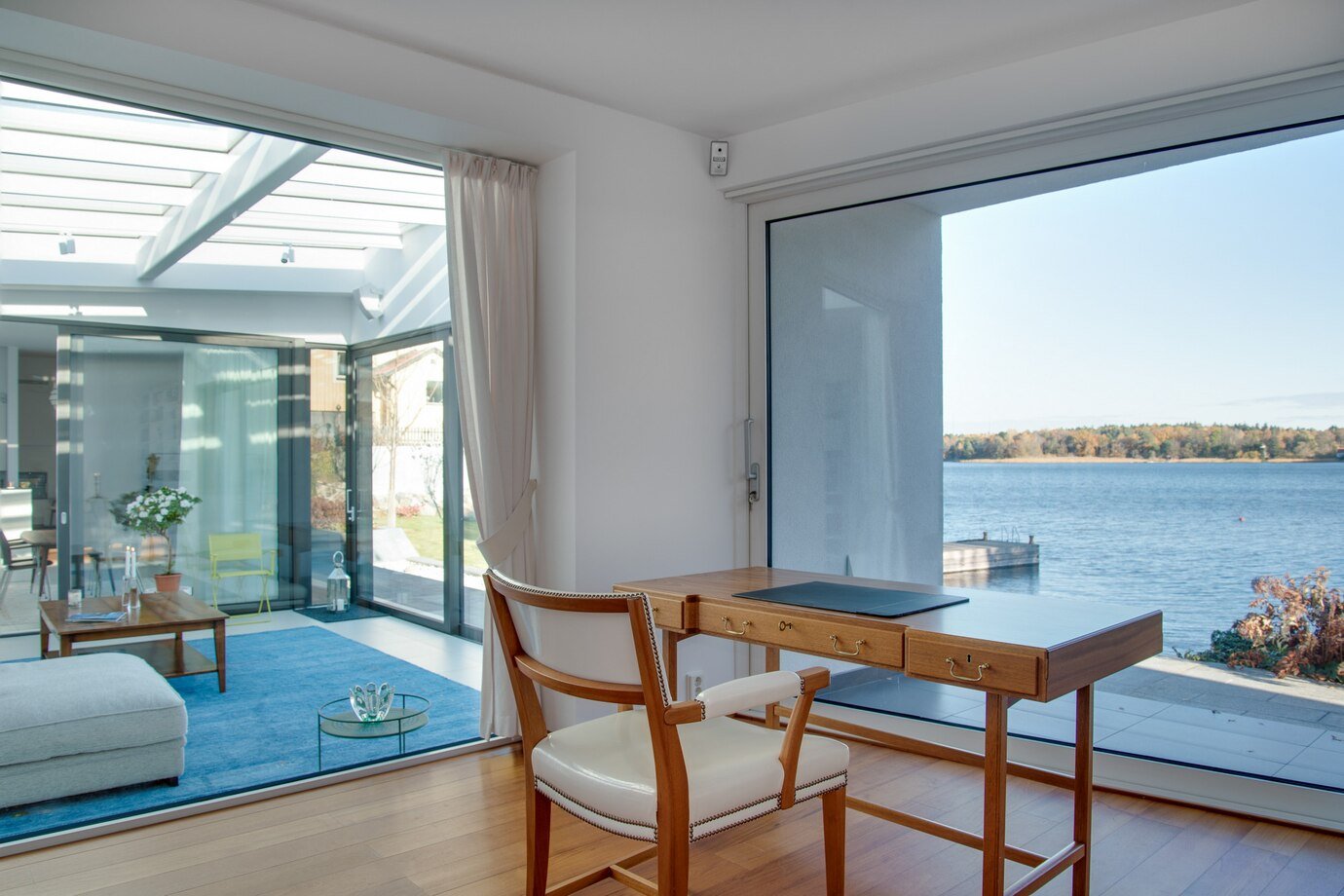Discovering mold in your home can be distressing, especially if you’re unsure about the next steps. Fortunately, you can easily enlist mold removal services in Atlanta from experts with experience in dealing with mold in the region’s humid climate. This guide will walk you through the mold removal process, so you know exactly what to expect and how to secure your home against mold.
Why is Mold Common in Atlanta?
Atlanta’s warm, humid climate makes it an ideal environment for mold to thrive. Mold tends to grow in damp, dark areas, and if left untreated, it can spread throughout your home, posing health risks and damaging the structure. The key to combating mold is early detection and professional removal.
Signs You May Need Mold Removal
Before diving into the process of mold removal in Atlanta, it’s essential to recognize the signs of a mold problem. Mold is often hidden, but there are telltale signs that indicate its presence:
- Musty Odor: A persistent, earthy smell could signal hidden mold.
- Visible Mold: Black, green, or white patches appearing on ceilings, walls, or floors are clear indicators of mold.
- Water Damage: A leak or flood damage that isn’t promptly addressed can lead to mold growth.
- Health Symptoms: Allergies, respiratory issues, and skin irritation could be linked to mold exposure.
If you find any of these markers, it’s crucial to act quickly and contact a mold removal specialist.
The Mold Removal Procedure: Step-by-Step
The mold removal experts in Atlanta use a well-structured process to ensure mold is thoroughly eliminated and doesn’t come back. Here’s what you can expect:
1. Initial Inspection and Assessment
A professional mold removal company will first conduct an exhaustive inspection of your home. They will identify the areas affected by mold and determine the severity of the infestation. Using specialized tools like moisture meters and infrared cameras, they can detect hidden mold behind walls and under floors.
2. Containment of Affected Areas
Once the mold is identified, the next step is to contain the area to prevent spores from spreading elsewhere in the home. Professionals use plastic sheeting and negative air pressure machines to isolate the affected areas.
3. Air Filtration
Mold spores can become airborne and spread throughout your home, so air filtration is a crucial step. High-efficiency particulate air (HEPA) filters are used to capture the microscopic spores, improving indoor air quality during the removal process.
4. Removal of Mold-Infested Materials
In some cases, mold may have penetrated materials like drywall, insulation, or carpeting. These materials may need to be removed and replaced to eliminate the mold entirely. Professionals will carefully dispose of the contaminated materials to ensure they don’t pose further risks.
5. Cleaning and Sanitizing
After removing the mold-infested parts, the remaining surfaces are thoroughly cleaned and sanitized. The use of antimicrobial treatments helps to destroy any remaining mold spores, and specialized cleaning techniques ensure that the area is completely free of mold.
6. Restoration and Prevention
Once the mold has been removed, the final step is restoring your home to its original condition. This may involve repairing or replacing walls, flooring, or other structural elements. Professionals will provide recommendations to prevent mold from returning, such as addressing any moisture problems or improving ventilation in your home.
Why Professional Mold Removal Matters
It may be tempting to tackle mold removal on your own, but doing so can pose risks. DIY mold removal often fails to address the root cause, leading to mold returning and potentially spreading even more. Professionals providing mold removal services have the expertise and tools needed to thoroughly remove mold and prevent future outbreaks.
Attempting mold removal without proper precautions can expose you to harmful mold spores. Professionals are equipped with the right protective gear and technology to safely handle the removal process.
The Health Risks of Ignoring Mold
Mold is not just unsightly – it can pose serious health risks, particularly to those with allergies, asthma, or weakened immune systems. Exposure to mold can lead to:
- Respiratory issues: Mold spores can irritate the lungs, causing coughing, wheezing, and shortness of breath.
- Skin irritation: Contact with mold can cause rashes or other skin problems.
- Allergic reactions: Mold exposure can trigger symptoms like sneezing, runny nose, and itchy eyes.
- Chronic illnesses: Prolonged exposure to mold can lead to long-term health complications, especially for vulnerable individuals.
By addressing the mold issue promptly with the help of mold removal experts, you can protect your family’s health and well-being.
How to Prevent Future Mold Growth
Once the mold removal process is complete, it’s essential to take steps to prevent mold from returning. Here are a few preventative measures you can implement:
- Control moisture: Fix leaks, use dehumidifiers, and ensure proper ventilation in areas prone to dampness.
- Regular inspections: Periodically inspect areas like basements, bathrooms, and attics for signs of mold or moisture.
- Maintain HVAC systems: Ensure your HVAC system is functioning correctly, as poor airflow can contribute to mold growth.
- Keep humidity levels low: Ideally, indoor humidity should be below 60%. A hygrometer can help monitor this.
Final Thoughts
When you discover mold in your home, acting swiftly is crucial to ensure the safety of your family and the integrity of your property. Understanding the mold removal process helps ease the stress of the situation and ensures you know what to expect. If you suspect a mold issue, don’t hesitate to seek professional mold removal services in Atlanta to safeguard your home.
Mold removal might seem daunting, but with expert help, you can eliminate the problem and breathe easy once again.





